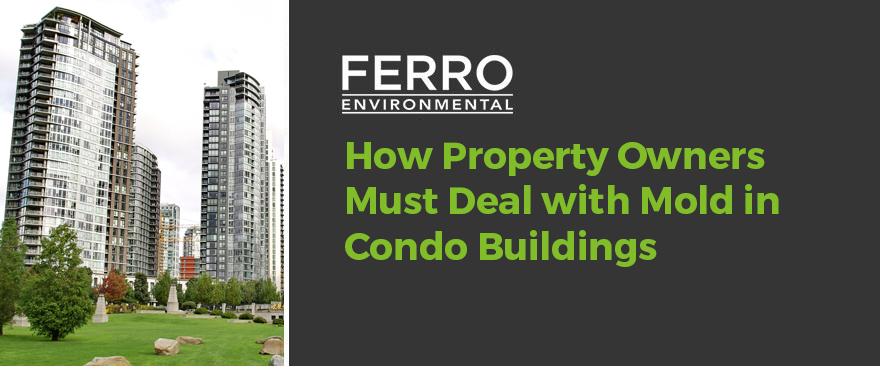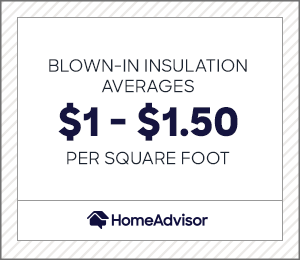If the fiberglass within your wall cavity or in your attic becomes wet from a leaky roof or burst pipe it will lose insulating effectiveness until the material dries out over time.
Wet insulation in attic ofcondo.
Top causes of attic moisture.
Animal intruders such as bats or squirrels or water leaking through the top floor ceiling.
Clothes dryers venting air to the attic rather than outside.
While fiberglass is technically waterproof inside an enclosed attic the thick batt retains moisture which degrades its thermal resistance properties.
For many years building codes have required high levels of attic insulation making attics less than hospitable places.
Inadequate ventilation attics must be vented to allow moist warm air to escape.
Air conditioner condensate pan not draining.
Let the insulation dry out.
If only a small area has gotten wet it may be easy to remove the damp fibers and let them dry for several days before reinstalling them.
If you discover wet cellulose insulation in your attic walls or crawlspace you have a few options for dealing with the problem.
Trapped moisture encourages corrosion of roofing fasteners and rusting of steel studs and wall ties which reduce wind uplift ratings.
Wet insulation means trapped moisture that will slowly degrade the entire roofing system from the decking to the building itself.
Moisture trapped inside of insulation is a breeding ground for mold and bacteria.
Saturated insulation typically loses at least 40 of its insulating r value.

























